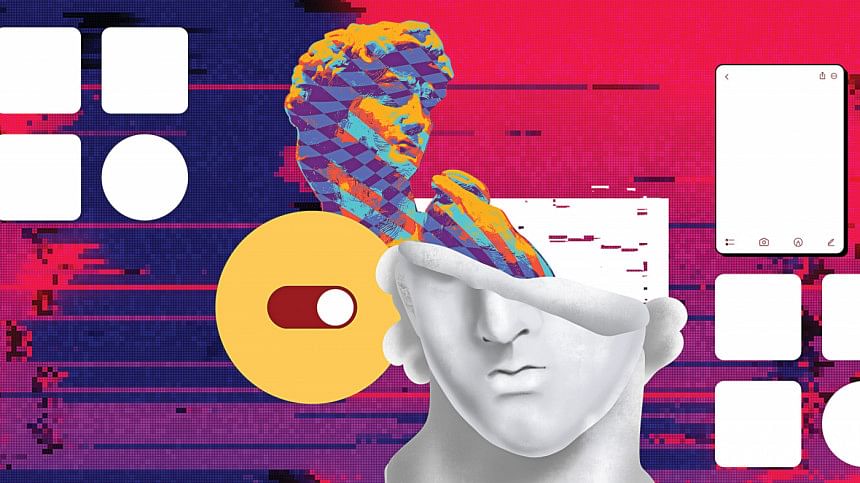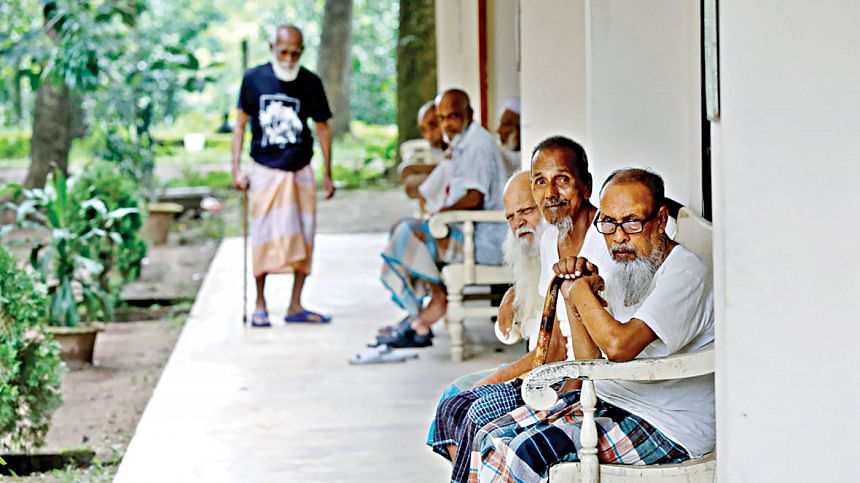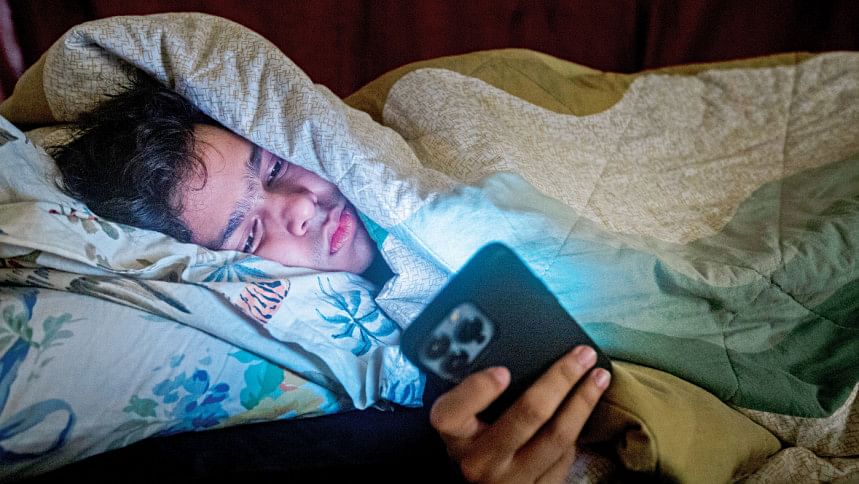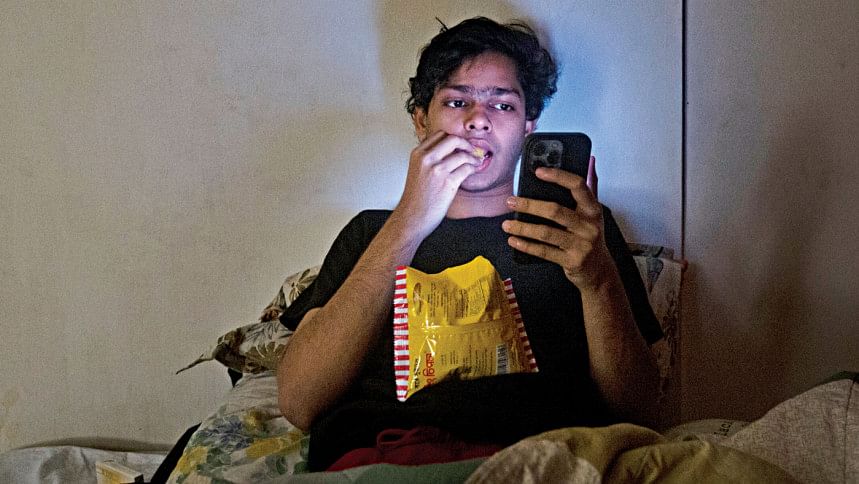How startups and apps are angling to solve elder-care and digital loneliness for 2024

In the long list of problems that startups want to address on a global scale (and largely have, despite a shrinking of the tech startup industry in recent times), health and wellness has always taken a slight backseat to problems like mobility, connectivity and ways of work. Starting in 2024, that seems to no longer be the case, as new startups expand their operations and capabilities into the field of healthcare in new and exciting ways.
For the past decade and a half, leaps and strides in mobile computing, wireless networking, and advancements in both software and hardware have all contributed to significantly changing the way humans order food, consume content, learn and work remotely. In the past, efficiency was the name of the game – if your idea for a tech disruption did not add value to cut the bottom lines of companies and make everything more efficient, you were unlikely to get significant funding from investors and venture capitalists looking to grow (and in most cases, offload to bigger players) your vision. This resulted in more efficient ways to manage inventories, report sales numbers, make use of split time zones for remotely working colleagues, and automate processes with the help of data and artificial intelligence.
Increase in advancements in Artificial Intelligence (AI) and the development of General Purpose Technology (GPT) chatbots like ChatGPT have led to open-ended application of Natural Language Processing (NLP) models, many of which are capable of convincingly passing the Turing Test for AI. This explosion of AI powered chatbots that claim to reduce loneliness is another effect of the sedentary years of the COVID pandemic that large numbers of people are having to deal with now.
While ancillary industries to healthcare like insurance have found big investors and equally enthused users in the past in places like the United States where healthcare protections for regular citizens have remained expensive and inaccessible, the kind of services that provide people with non-professional help, healthy lifestyle guidance and digital therapy have largely been under-funded. 2022 saw big changes to that however – according to US based CB Insights, healthtech startups raised a new record of $31.6 billion in funding in 2022, across more than 1500 deals struck between ideator and investor.
Positive attitudes and perceptions towards healthtech have continued to be on the rise following the 2020 COVID-19 pandemic. The impact of the pandemic on mental health as well as the obvious long-term effects of diseases has manifested on the public consciousness on a global scale – studies have shown that fitness tracking through wearables and use of fitness apps in general are on the rise and both software as well as hardware have been accepted by populations around the world as part of their lifestyles.

In addition, increase in advancements in Artificial Intelligence (AI) and the development of General Purpose Technology (GPT) chatbots like ChatGPT have led to open-ended application of Natural Language Processing (NLP) models, many of which are capable of convincingly passing the Turing Test for AI. This explosion of AI powered chatbots that claim to reduce loneliness is another effect of the sedentary years of the COVID pandemic that large numbers of people are having to deal with now.
Whether it's mental health or physical fitness, the message is clear – people are more likely to trust and use digital health technologies, whether it is a mobile app, browser chatbot, or a fitness tracker.
What effect does it have on the startup industry? Well, demand for technologies that provide healthcare benefits are set to be valuable to consumers, and startups that provide or employ those technologies are set to be a lot more widespread than before.
What problems these apps solve are quite varied in nature. Aside from the continued development of medical technologies that yield specialised precision instruments and life-saving equipment, the biggest changes in the last few years can be witnessed in the consumer healthtech space – specifically, downloadable apps (both free and paid subscription) that provide lifestyle guidance, therapy and more in the pursuit of healthier habits.
Speech Blubs is an app designed for children to improve their speech and pronunciation, using video modelling, where children watch peers pronounce words correctly, encouraging them to mimic sounds and words through fun, interactive exercises. Oto is a startup around a digital speech therapist app which uses AI to provide personalised speech therapy exercises. It's particularly effective for individuals recovering from stroke or brain injuries, helping them regain their speech capabilities.
Healthtech apps represent a new paradigm in User Experience (UX) design that not only alleviates annoyances with using smartphone or tablet apps, but goes beyond to deliver an experience that is therapeutic, calming and ultimately beneficial to users of the app. This new way of thinking about digital experiences makes it accessibility focused, and asks app developers and UX designers to consider every possible angle when designing the experience so that users who would not fall into any bracket of consumer application design surveys are not only represented, but treated as the primary consumer personas. For many healthtech apps, the outliers in typical consumer personas are their exact customers, and they have extremely specific needs that require fulfilment.

The ageing demographic in Bangladesh, comprising primarily those between sixty and ninety, is on the brink of precipitating a significant shift in the nation's healthcare landscape. As these individuals advance into their senior years, the demand for specialised geriatric care is poised to surge. This impending situation draws attention to a glaring gap in Bangladesh's healthcare sector despite the work being done by health startups like Praava Health – the near absence of tech-enabled geriatric care.
Geriatric care, tailored to meet the specific needs of the elderly, is a multifaceted domain that encompasses physical, emotional, and social well-being. In many developed countries, this sector has evolved to incorporate technological advancements, enhancing the quality and efficiency of care. However, in Bangladesh, a country still grappling with fundamental healthcare challenges, such a specialised and tech-integrated approach remains largely unexplored.
The need for tech-enabled geriatric care in Bangladesh is not just a matter of advanced medical treatment; it's about adapting to the changing dynamics of an ageing population. As life expectancy increases, so does the prevalence of age-related conditions like dementia, arthritis, Alzheimer's, Parkinson's and cardiovascular diseases. Technology, such as telemedicine, health monitoring apps, and assistive devices, can play a crucial role in managing these conditions more effectively. These tools not only aid in continuous monitoring and timely medical intervention but also empower the elderly to maintain a certain degree of independence.
Moreover, the cultural context of Bangladesh – where family-based care for the elderly is predominant – necessitates a unique approach. Integrating technology into this familial setup can alleviate the burden on family caregivers and ensure a better quality of life for the elderly. However, several hurdles stand in the way. The foremost is the lack of infrastructure and expertise in developing and implementing such technologies. Additionally, there's a significant gap in digital literacy among the current older population, making the adoption of tech-based solutions a challenging task. On the other hand, costs of living are going up with no limits in sight and this convention; unfortunately, might not even be an option for most people by then. The development of tech-enabled geriatric care is not just an opportunity but a necessity – it requires concerted efforts from the government, healthcare industry, and technology sector, combined with a societal shift towards accepting and integrating technology in caring for the elderly.

What's unique in this demographic – as both an advantage and a disadvantage – is how every one is more or less technology dependent. Their daily lives are intertwined with the digital space and similar to the digital space, with mental health being a big "invisible" monster we have to learn to battle.
For adults and the elderly, Memorado is a brain training app that offers personalised workouts to enhance memory, concentration, reaction and recollection skills. It uses gamified tasks and challenges to make cognitive training more engaging for users, especially beneficial for elderly users or those with cognitive impairments such as Alzheimers. Similar apps that are available on the market include Timeless, an app designed to help Alzheimer's patients recognize their loved ones using facial recognition technology, as well as MindMate, which offers a comprehensive solution with games designed to enhance cognitive abilities, tools for health tracking, and advice on nutrition and exercise.
Another issue that has links to eldercare but affects a much wider demographic is digital loneliness, an increasingly prevalent mental health issue in our hyper-connected world. It reflects the paradoxical nature of modern communication – while technology has made it easier than ever to stay in touch, the depth and quality of these connections often fall short, leading to a sense of isolation despite being constantly 'connected.'
The phenomenon of digital loneliness stems from the superficial interactions that predominate online platforms and social media. These interactions, while frequent, lack the personal touch and emotional depth that human connections require. The ephemeral nature of digital communication, characterised by brief texts, emojis, and fleeting social media posts, contributes to a landscape where meaningful conversations are scarce. As a result, individuals, despite having hundreds of online friends or followers, often feel misunderstood, unappreciated, or unnoticed.
The need to counter the effects of digital loneliness and superficiality in our hyper-connected world is bound to create demand for apps that enforce slowness and deliberation. Apps that help people slow down, take a breather, be in the moment and self-reflect in our busy daily lives are going to become meaningful paths towards self-therapy, and any idea that brings these to the table are bound to do well.
Lettre.app is one such idea – a letter writing experience for Apple iPads that incorporates slow delivery between sender and recipient, the app was designed by (including the authors of this article) a team of Bangladeshis and Bengali expatriates. The key idea behind the app treats handwriting as a form of therapy, and the act of making penpals around the world to be a way to connect across diverse backgrounds, nationalities and experiences. The story behind Lettre's idea also holds tremendous potential for Parkinsons' therapy – for Mashfique Anwar, the ex-Apple developer who made the app, the joy of seeing his late father being able to write again with the Apple Pencil and iPad despite his condition is what kicked off the project in the first place.
The doom and gloom that surrounds humanity at present – with the effects of climate change, economic fluctuations, pandemics and mental health being at an all time high – it's up to the dreamers and thinkers, designers and coders, to make the world a marginally better place for those who need some hope in the bleakness of it all.
Shaer Reaz is a Product Manager at SELISE Digital Platforms (a Swiss enterprise software firm) and Founding Head of Product Marketing at Lettre.app.
Atik Sameer is a Product Manager at Savoy Life, (an American healthtech startup) and Co-Founder of Lettre.app.

 For all latest news, follow The Daily Star's Google News channel.
For all latest news, follow The Daily Star's Google News channel. 



Comments